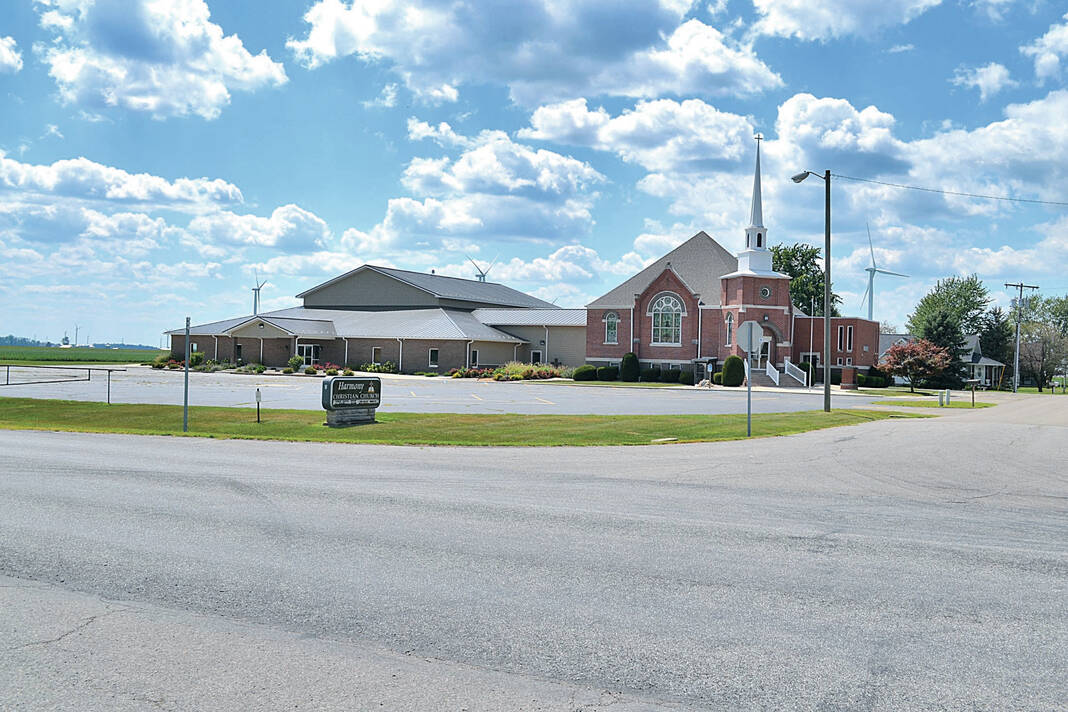
Stephen Jackson

Harmony Christian Church.
Submitted
By Stephen Jackson | For The Times-Post
Named for the Duck Creek, which makes its way through the southeastern part of the township on its way to White River, Duck Creek Township was the 13th township to be organized in Madison County.
However, before it was formally organized in 1851, the future township was part of its neighbor to the south, Pipe Creek Township which was organized in 1833.
Located in the northwest corner of Madison County, the township is six miles from north to south and four miles east to west.
Roughly two-thirds of the township’s twenty-four square miles were formally part of the Miami Reserve.
In 1834 and 1838, the Miami signed treaties and sold lands in the reserve to the state of Indiana.
In 1840, all Indian title to the Miami Reserve was relinquished in the Treaty of the Forks of the Wabash, and by 1848 the federal government removed most of the Indians to Kansas.
And, like its neighbor to the east Boone Township, much of Duck Creek Township was part of the Miami Reserve which kept it from being organized until the Miami Indians were removed to the Kansas Territory in October 1846.
The first settler was Henry Cochran who erected a log cabin in the fall of 1838 about three miles northeast of Elwood on Duck Creek.
His homestead was outside the Miami Reserve’s boundary limits as no homesteading was allowed within the reserve’s boundaries.
Settlement in the township prior to its formal organization was sufficient enough to warrant the construction of a round-log school house just south of the reserve’s boundary line on the northeast corner of today’s State Road 13 and County Road 1400 North.
The school and the surrounding area took the name College Corner.
That same name choice can be found in Boone and Richland townships as well.
Formal organization of Duck Creek Township was approved by the Madison County Commissioners during their March 6, 1851, meeting.
Other than the town of Independence (Now Rigdon), which is shared with Boone Township, only one other community is located within Duck Creek’s boundaries.
It was first called Harmony, presumably for one of the initial township trustees, Thomas W. Harmon.
The village of Harmony petitioned for a post office to be called Harmony, Indiana.
The people of Harmony learned that the name was already in use in Indiana, so they selected the name of Leisure after Nathan J. Leisure and his family who were prominent in the area.
Leisure arrived from Rush County, Indiana, immediately after the Civil War in 1865 and settled on a farm two and one-half miles north of Harmony.
He was a successful farmer and livestock buyer owning several acres around the village.
At one time Leisure boasted of having two churches, Harmony Christian and Pilgrim Holiness, the Leisure School, and a store with a post office, Leisure Packing Co., Leisure Telephone Co., a cemetery and a dozen or so homes.
Stephen Jackson is Madison County Historian.